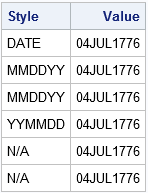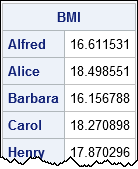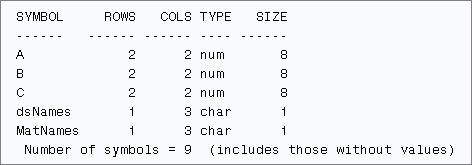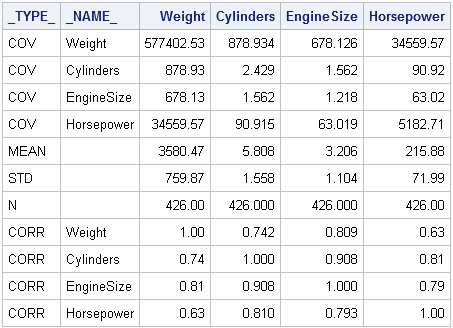
In the SAS/IML language, a matrix contains data of one type: numeric or character. If you want to create a SAS data set that contains mixed-type data (numeric and character), SAS/IML 15.1 provides support to write multiple matrices to a data set by using a single statement. Specifically, the CREATE







